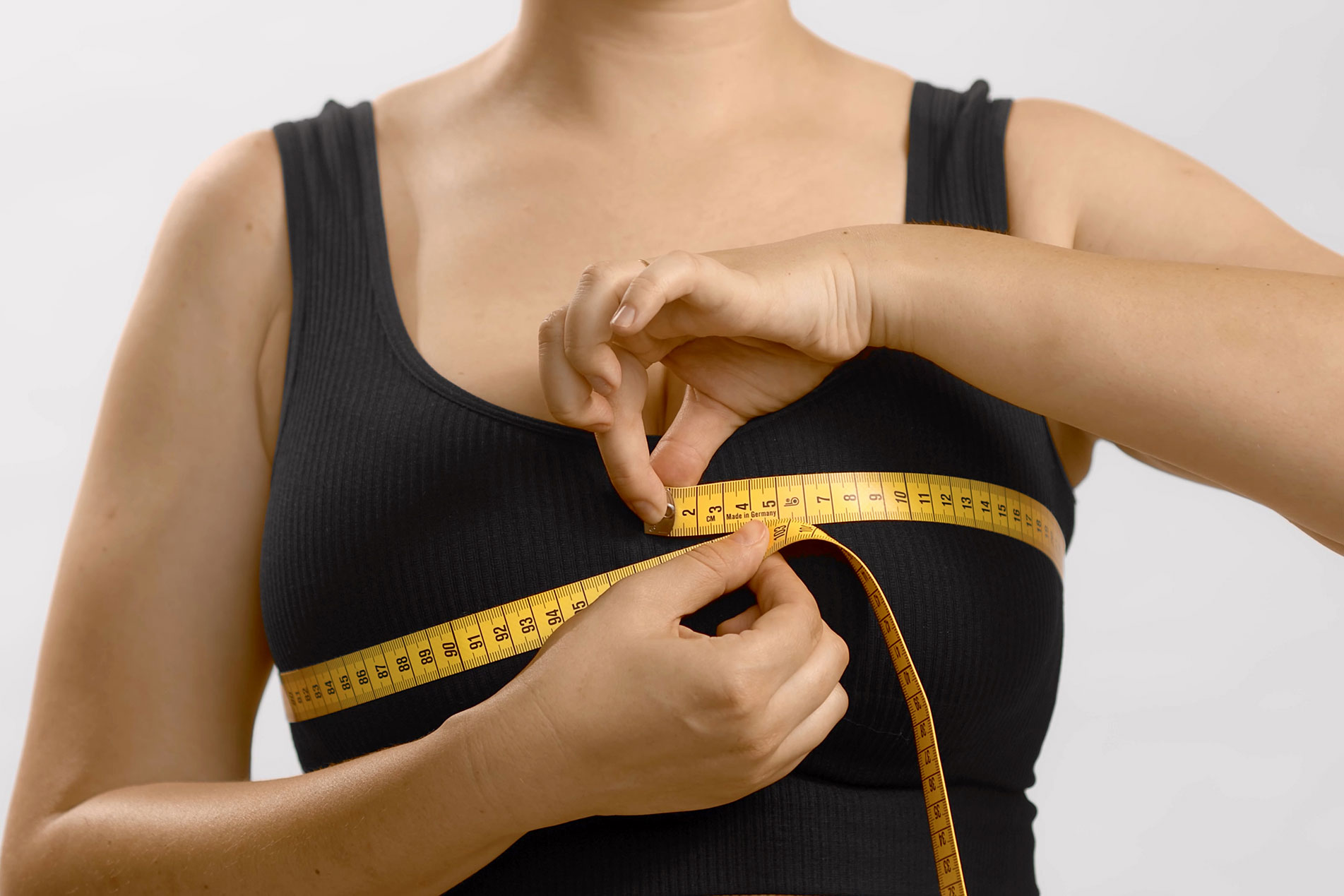When women have large and heavy breasts, they frequently suffer from symptoms like pain in the shoulders, neck and upper back. They have bra strap indentations and rashes in the breast folds. They find difficulty exercising and fitting into right size clothing. These women suffer from physical and emotional burden of disproportionately large breasts. This condition is called as symptomatic macromastia. Breast reduction surgery is designed to reduce the size of the breast, thereby alleviating the symptoms of symptomatic macromastia. Patients who undergo Breast reduction are among the happiest of all the plastic surgery patients since they not only look good, they also feel good after the surgery. It enables them to lead a more active and fulfilling lifestyle. In addition to physical relief, breast reduction surgery can have a profound impact on one’s self-image. By enhancing the appearance of the breasts, this procedure often boosts self-confidence and promotes a positive body image.
Techniques:
The selection of techniques for breast reduction surgery by Dr. Rani depends on various factors, including the patient’s existing breast anatomy, the type and quantity of breast tissue to be removed, and the desired outcome of the patient.
There are two commonly used techniques for breast reduction surgery:
Vertical (Lollipop) :
Vertical breast reduction is typically recommended for patients who desire a moderate reduction in breast size and have noticeable sagging. This technique, often referred to as a lollipop breast reduction, involves two incisions. One incision is made at the border of the areola, while the other extends from the lower edge of the areola to the crease beneath the breast. These carefully placed incisions enable the removal of excess fat, skin, and breast tissue. Additionally, they allow for the internal reshaping of the breast into a smaller size while lifting it to achieve a more youthful position.
Inverted T (Anchor):
The Inverted T breast reduction procedure utilizes a total of three incisions. It incorporates the same two incisions as the vertical incision breast reduction, with an additional incision following the crease underneath the breast. This technique is particularly beneficial when a patient requires a more substantial reduction in breast size and/or has significant sagging or asymmetry that needs correction. By employing the Inverted T approach, maximum degree of tissue removal can be achieved, achieving surgical goal and overall aesthetic outcomes.
Ideal candidate for breast reduction surgery will exhibit the following characteristics:
- Persistent and chronic back, neck, and shoulder pain
- Feelings of self-consciousness or discomfort caused by the size of their breasts
- Experiencing rash or skin irritation beneath the breasts
- Suffering from nerve pain related to breast size
- Inability to participate in certain physical activities and exercises
- A diminished self-image resulting from having large breasts
Breast reduction surgery is typically not advised for individuals who are:
- Smokers
- Below the age of 18
- Have a significant level of obesity
- Currently pregnant or breastfeeding
- Wish to avoid scars on the breasts
The recovery process after breast reduction surgery involves the following aspects:
- Recovery Duration: The complete recovery period typically ranges from 2 to 6 weeks, although this timeline can vary for each individual depending on factors such as healing capacity and the extent of the procedure.
- Surgical Bra: A surgical bra is utilized to provide support to the breasts after surgery. These garments aid in reducing swelling, providing stability, and protecting the surgical incisions.
- Drainage Tubes: Temporary drainage tubes may be inserted under each arm to remove excess blood and fluid that can accumulate after the surgery. These tubes are typically left in place for a day or two to help facilitate proper healing.
- Physical Activity: It is crucial to limit physical activity for a period of 4 to 6 weeks to allow the breasts to heal effectively. Strenuous activities, heavy lifting, and vigorous exercise should be avoided during this time to prevent complications and promote optimal healing.
- Pain Management and Antibiotics: Pain medication will likely be prescribed to manage any discomfort experienced during the recovery process. Additionally, antibiotics may be prescribed to minimize the risk of infection and promote a smooth recovery.
It is essential to consult with Dr. Rani, for personalized post-operative instructions and guidelines specific to your situation. Following these guidelines diligently will contribute to a successful recovery and optimal results from your breast reduction surgery.
Videos
Frequently Asked Questions
On average, breast reduction surgery typically takes between two to four hours.
Breast reduction surgery is typically recommended for individuals with significantly large breasts who desire a smaller size and those who suffer from physical symptoms due to enlarged breasts. The development of breast should be complete before the patient undergoes surgery.
During the procedure, anesthesia will be administered, but it is normal to experience soreness for about two to three days following the surgery. Medicines are prescribed to reduce pain.
It is advisable to wait at least 3 to 6 months after you have finished breastfeeding before considering breast reduction surgery.
Breast reduction surgery should only be performed once the breasts have fully developed. Following this stage, it can be carried out on women of any age.
Breast reduction is typically performed in tandem with a breast lift procedure. This approach ensures that the newly resized breasts are youthful and well-proportioned.
Most patients retain nipple sensation following a breast reduction. Dr. Rani leaves the nipple attached to the underlying nerves rather than detaching it as in the older free nipple graft technique.


